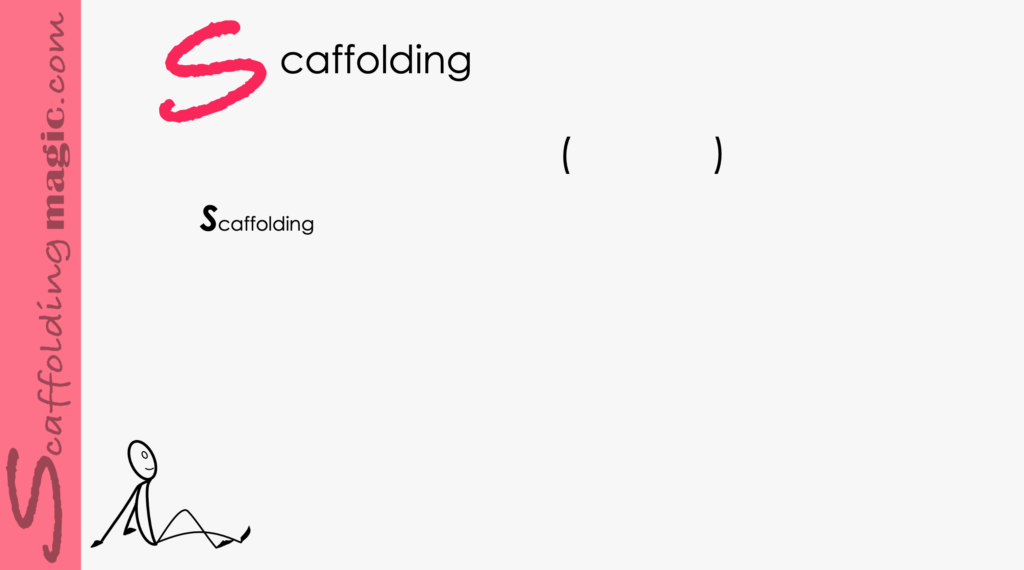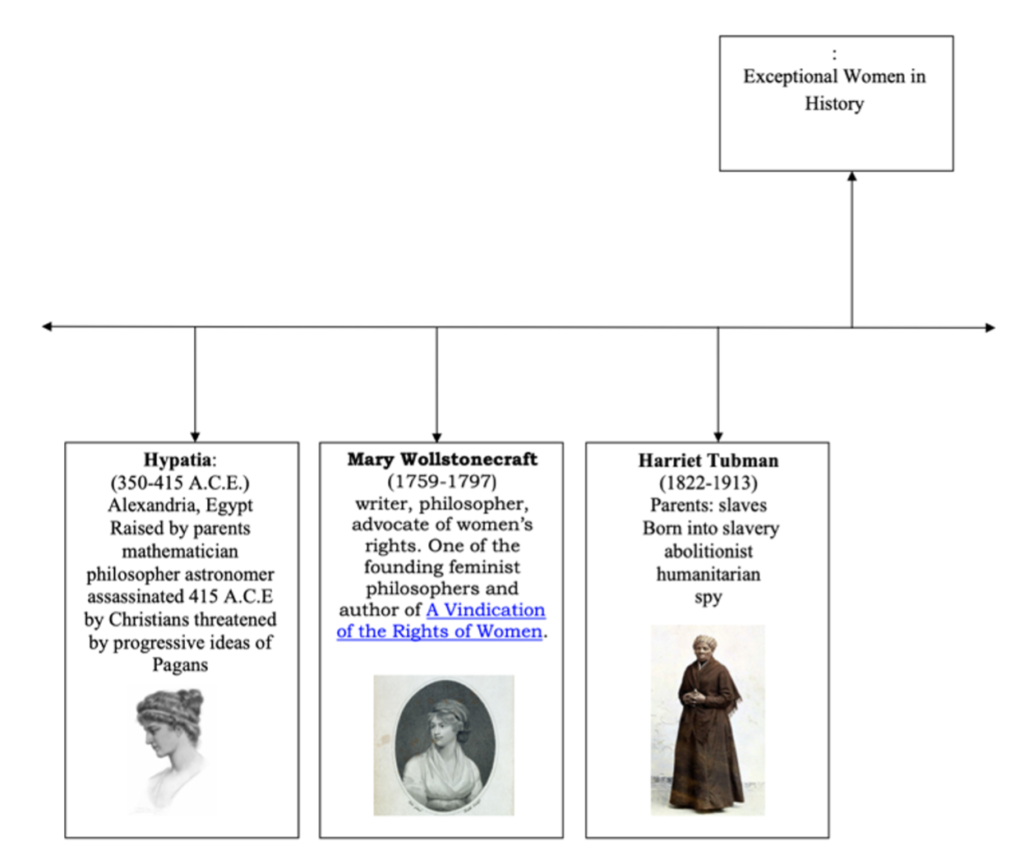You caught a beauty!!!
Download PDF of scaffold here.
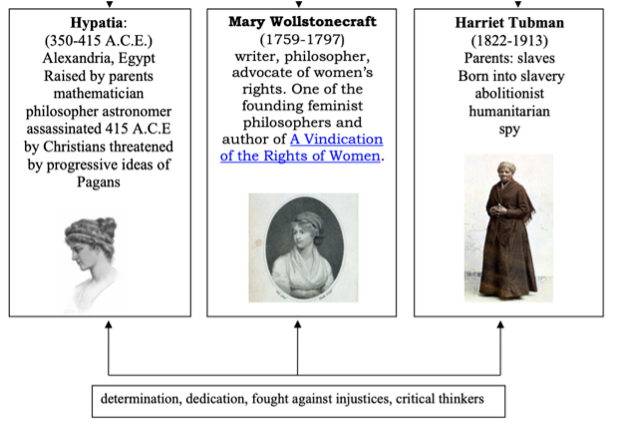
Download PDF of scaffold here.
theory behind scaffold…
The most effective strategies toward progressive learning, are using visual overviews of the unit, lesson, project, video, podcast – in short – the general concept you’re about to begin.* With it, students can return to this linguistic and visual marker whenever they need to, as buoy that keeps them oriented toward their goals.
One type of these visual and linguistic indicators is a concept map, timelines being one specific form of these structural organisers. We can create timelines – or use ones that are offered in the Student Books – as effective tools our students can use to categorise new knowledge through different learning styles, thus encouraging the information to pass from short-term to long-term memory. **
Timelines are used when there is a definitive focus on the concept being studied. Using them, we create a particular question our students need to answer or some situation or event that they need to understand; we can also, of course, use a queries from their Student Books. Cooperative learning is recommended because, if a challenge arises in which one student is weak on linguistics while another is weak on visual clues, they can work together to transfer their respective weakness into strengths. Previously unsuccessful students can then become successful in making sense of, and will acquire a feeling of control over, the subject matter.*** In fact, one common denominator found in the classrooms of high-expectation teachers is that they create educational environments in which students are encouraged to work together.****
This scaffold shows how to systematically explore a subject by combining facts and images, combined with connections between key concepts, taking advantage of visible indicators of new information. The example used here is: from a unit in Social Sciences – Women in History (a topic that we can present to celebrate International Women’s Day, on 8 March of each year).
* (Mehisto, 2017)
*** (Bascones & Novak, 1985; Novak, 1991; Novak, 1998)
**** (Becoming a High Expectation Teacher, Rubie-Davies, Christine, 2015).
step by step…
- Unite facts that appear in the lesson, unit, project you are about to begin. In this case, the following women are included:
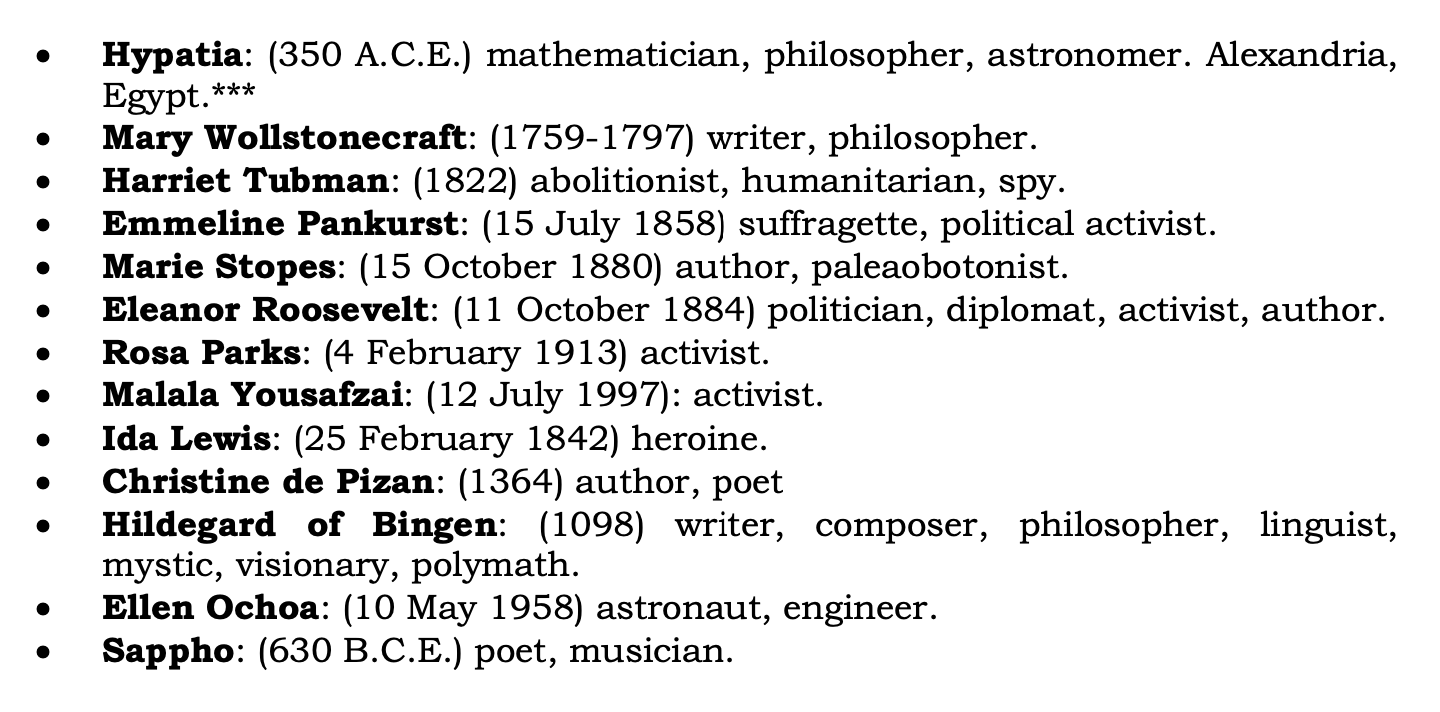
(You might find more ideas in Silvia Casasola and Juan Antonio Cebrían’s beautifully told book on little-known Spanish heroines El Valor es cosa de Mujeres: La apasionante historia de quince españolas intrépidas.)
- Ask your students, in their groups, to make an accurate timeline of the birthdates of these women. They write a few sentences of the accomplishments of each one underneath their names. You can use this template for help, or this online website to build concept maps.
‘A.C.E.’ = After the Common Era and ‘B.C.E.’ = Before the Common Era. This helps to avoid alienating students by using culturally- and religiously-neutral – indicators.
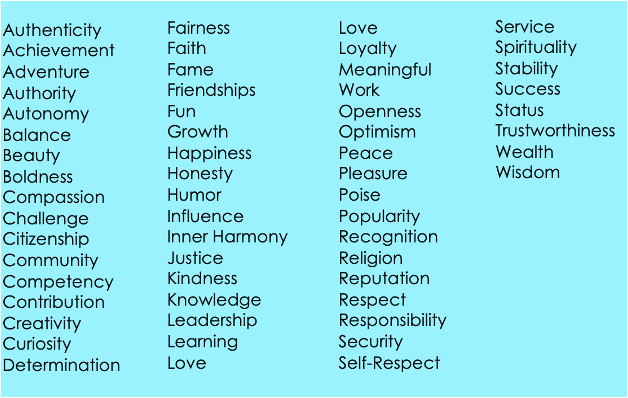
3. Put a list of values on the board or written and given to each group of students. (See example on the left.)
- In groups, students define what a ‘value’ is, depending on the character traits listed above. You can also discuss whether these values are specifically Western values and what is respected in different cultures. You can use this information to help with the discussion.
5. In groups, students then study the women in the timeline and write common values each of them upheld/uphold. They write these values underneath the women’s biographies. (See example on left.)
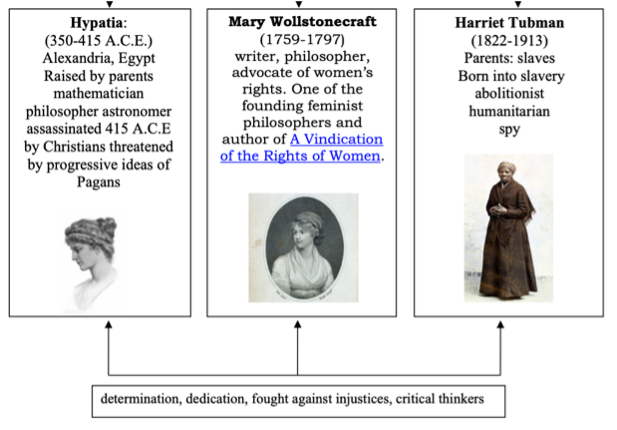
Note: Your students have now interacted with facts. This next step is to give them an opportunity to process the information in engaging ways. You have many options to do this. In this example, we have chosen comparing and contrasting the (admirable) values these women showed next to the (vapid) fame associated with other women in the world today.
- Students add another timeline above this one, citing women who have become famous in the past century solely on the basis of news and/or social media (in other words, their fame is based on exposure, not on their principles or the values that they purport.)
You can introduce this step through a driving question. In this case it could be:
What is fame? What are the values you feel it should be connected to? What women have become famous in the past 20 years through social media, and do they embody the principles you believe should be associated with fame?
- Group members negotiate and come to a consensus on 3-5 connections between the items on the timeline and illustrate those links through graphic indicators, textboxes and/or images.
Example: Using as an example Women in History the students might decide to delineate 3-5 admirable qualities that these women have in common, as connectors.
In the case of Women in History, this would also be the time for groups to compile a list of women who are famous solely on the basis of their exposure in social media. Students would then include these women to the timeline and make visible the lack of connection they have to the admirable qualities the first list of women possess.
- Students mount their timelines on the walls of the classroom.
- Formative Assessment: Students tour the timelines of their classmates. They make respectful comments on post-it notes beneath each timeline including the accuracy and visual clarity of their classmates’ work. (See below the four key rules in making respectful comments.)
Be kind.
Be helpful.
Be specific.
Refer to the work and not the students.
(Ron Berger, 2003)
- Reflection: Students write 100-150 words on the conclusions their groups made on the topic, including the level of effectiveness regarding cooperative work on the task.
extensions…
Video celebrating International Women’s Day.
Recommended scaffolding for video: #74 from 101 Scaffolding Techniques for Language Teaching and Learning.


Scaffoldingmagic.com is your entryway into DYNAMIC bilingual learning methodologies, such as Phenomenon-Based Learning, CLIL, EMI, and ESL. You’ll find ways to implement critical thinking tools (DOK) to promote higher level thinking, the growth mindset, instill an ethic of excellence, deep reflection on learning, and all through multi-cultural, interdisciplinary activities. We have the keys to turning competences into action and to creating collective efficacy in your school so you move ahead as a unified, enthusiastic team.

